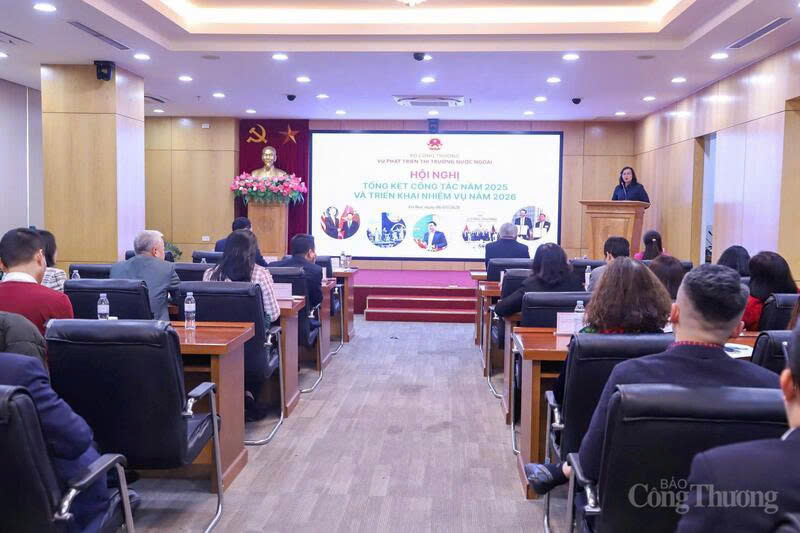
Stronger inter-agency coordination needed to drive export market growth
19:05 | 23/03/2025 15:39 | 07/01/2026News and Events
From oil and gas pillar to energy transition pioneer
“The world is changing around us”. With that opening statement, Charlotte Wolff-Bye, Vice President of Sustainability at Petronas, the Malaysian state-owned oil and gas giant, took her audience on a journey into how the company is reimagining itself for a greener future in a rapidly evolving energy landscape.
Her remarks were part of a media exchange on the afternoon of June 15, bringing together Petronas leaders, scientists, and journalists from across Asia, including Vietnam, China, Indonesia, the Philippines, Thailand, Myanmar, and Japan. Beyond a platform for sharing information, the event reaffirmed Petronas’ commitment to sustainable development through a comprehensive energy transition strategy for the region.
 |
| Charlotte Wolff-Bye, Vice President of Sustainability at Petronas. |
Citing the Paris Agreement, endorsed by over 195 nations at the UN Climate Conference in France, Wolff-Bye noted that since then, tens of thousands of scientific studies have drawn increasingly clear connections between global energy systems and climate change. This reality, she said, presents both a formidable challenge and a historic opportunity for companies in the energy sector.
In response to mounting international pressure and domestic expectations, Petronas has devised a green strategy based on three core pillars: enhancing its core business, expanding into new energy sectors, and realizing its net-zero ambition by 2050. The roadmap is designed not only to adapt to global shifts but also to secure long-term economic value and maintain the company’s strategic position.
Rather than abandoning oil and gas, Petronas is focusing on natural gas, a lower-emission alternative to coal and oil. Today, gas accounts for roughly two-thirds of the group’s energy portfolio. According to Wolff-Bye, natural gas ensures energy security at home while serving as a key transitional fuel in decarbonization efforts across developing nations. Revenues from gas also allow Petronas to reinvest in clean energy and emerging technologies without compromising financial performance.
A major turning point in its transition has been the group’s strategic move into six new business areas: renewables, hydrogen, biofuels, specialty chemicals, green mobility, and carbon capture and storage (CCS). Each of these segments is approached methodically, with clear commercialization goals in the medium to long term.
Among them, biofuels, especially sustainable aviation fuel (SAF) stand out. Petronas is building its first biorefinery in Pengerang, slated for completion by the end of 2028. The facility will produce SAF, hydrotreated vegetable oil, and bio-LNG. The company is also working with global partners to secure feedstock and strengthen the supply chain.
Beyond product innovation, Petronas is transforming its value chain and operating model. In motorsports, the group now supplies biofuels to the Mercedes-AMG Petronas Formula One team for European circuits. But, as Wolff-Bye emphasized, “We’re not doing this just for F1. The goal is to commercialize SAF for widespread use”. To this end, the company is testing and refining its fuels to meet Formula 1’s new sustainability requirement, 100% sustainable fuel use from 2026 onward.
Petronas is also investing heavily in electric vehicle charging infrastructure, scaling up solar projects, and actively engaging in the promising hydrogen market. Its approach goes beyond the development of green energy products, it involves a fundamental reconfiguration of the entire enterprise to align with the future energy paradigm.
 |
| The Mercedes-AMG Formula One car, fueled by Petronas. |
A key component of Petronas’s net-zero strategy is CCS technology, not only to manage its own emissions but also as a commercial service. The company envisions becoming a regional carbon storage hub.
“We sell LNG to customers and take back CO2 for processing. That’s the circular economy model we’re piloting in several countries”, Wolff-Bye shared.
A catalyst for bold moves by Vietnam’s key enterprises
Vietnam, one of Asia’s fastest-growing energy markets, has also made a strong net-zero commitment by 2050. With rising electricity demand and mounting global obligations, the role of influential state-owned and private enterprises is more crucial than ever.
At the center of Vietnam’s traditional energy ecosystem is the Vietnam National Oil and Gas Group (Petrovietnam), which possesses the scale, technical expertise, and financial capacity to lead the country’s energy transition. Rather than phasing out fossil fuel operations, Vietnamese firms could look to the Petronas model, enhancing efficiency, cutting emissions, and progressively shifting toward natural gas and LNG as transitional and strategic solutions.
 |
| An exchange session between Petronas leaders, scientists, and journalists from various Asian countries. Photo by Le An. |
Vietnam also holds significant untapped potential in the biofuel sector. With a rich agricultural base, abundant biomass byproducts, and advantageous geographic location, the country is well-positioned to develop a biorefinery project similar to Pengerang. Paired with key airports like Long Thanh, Chu Lai, or Can Tho, Vietnam could supply domestic SAF demand and eventually move into export markets.
In carbon capture and storage, depleted offshore gas fields offer promising storage opportunities for CO₂, supporting both domestic industries and international clients. In fact, in 2024, the PetroVietnam Exploration Production Corporation (PVEP) outlined various emission reduction initiatives, including optimizing existing assets, expanding renewable energy, adopting low-carbon technologies, and forestation to offset emissions.
Among these, CCS technology is a long-term priority for PVEP. It enables the capture and permanent storage of CO₂ emissions underground. Over 30 offshore oil and gas fields in Vietnam have already been identified as potential CO₂ reservoirs.
| Meanwhile, the private sector has an equally pivotal role. Vingroup, with its expanding ecosystem spanning electric vehicle production and green real estate, could become a key integrator of sustainable energy. Combining renewable energy generation, EV charging stations, battery and hydrogen R&D, if pursued holistically, falls well within its capabilities, echoing Petronas’ systemic approach. |

19:05 | 23/03/2025 15:39 | 07/01/2026News and Events
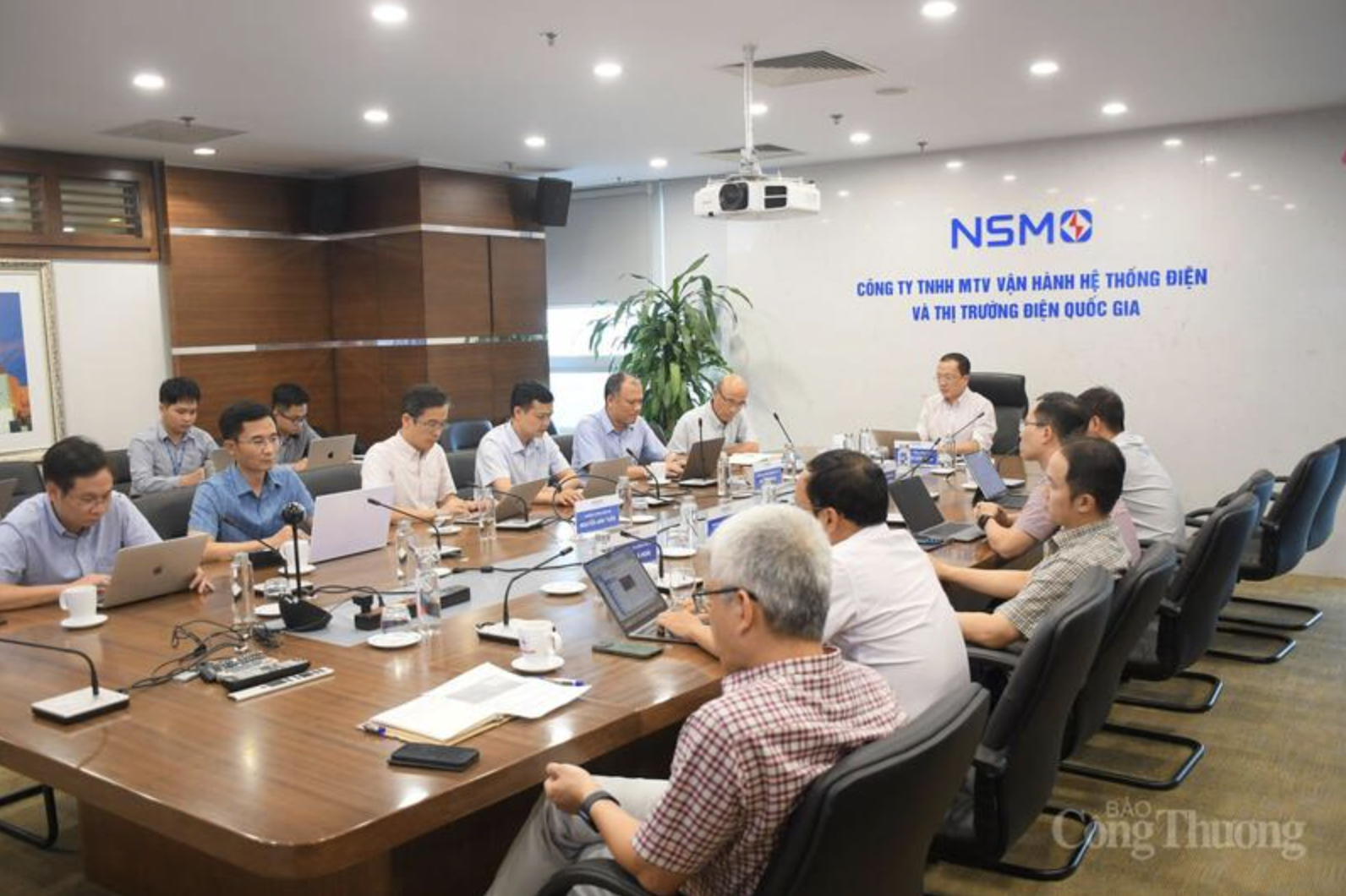
19:05 | 23/03/2025 15:38 | 07/01/2026Industry
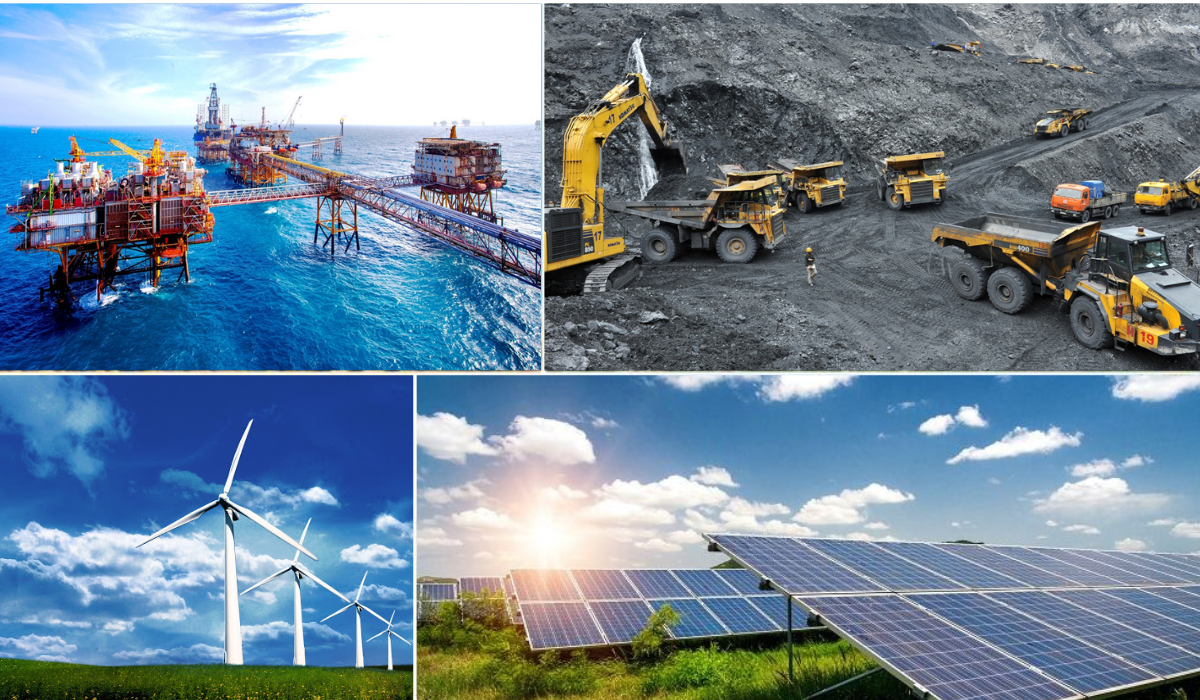
19:05 | 23/03/2025 15:38 | 07/01/2026Industry
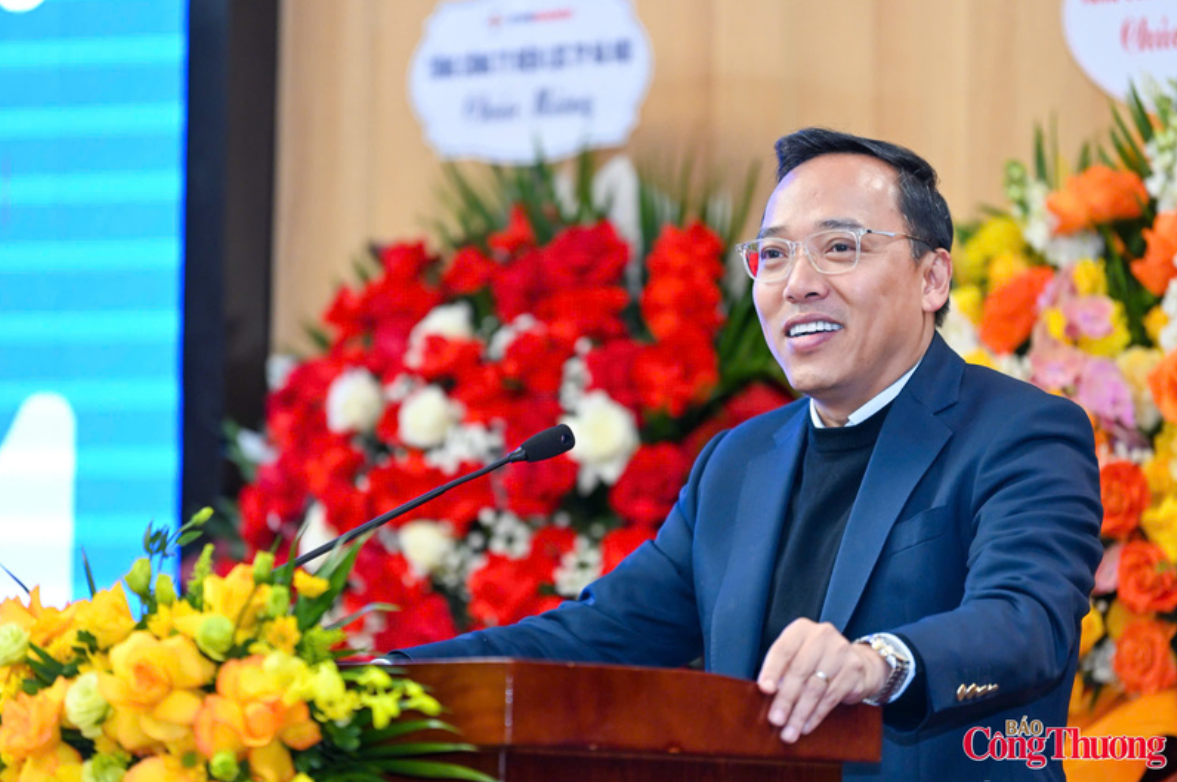
19:05 | 23/03/2025 15:37 | 07/01/2026Industry
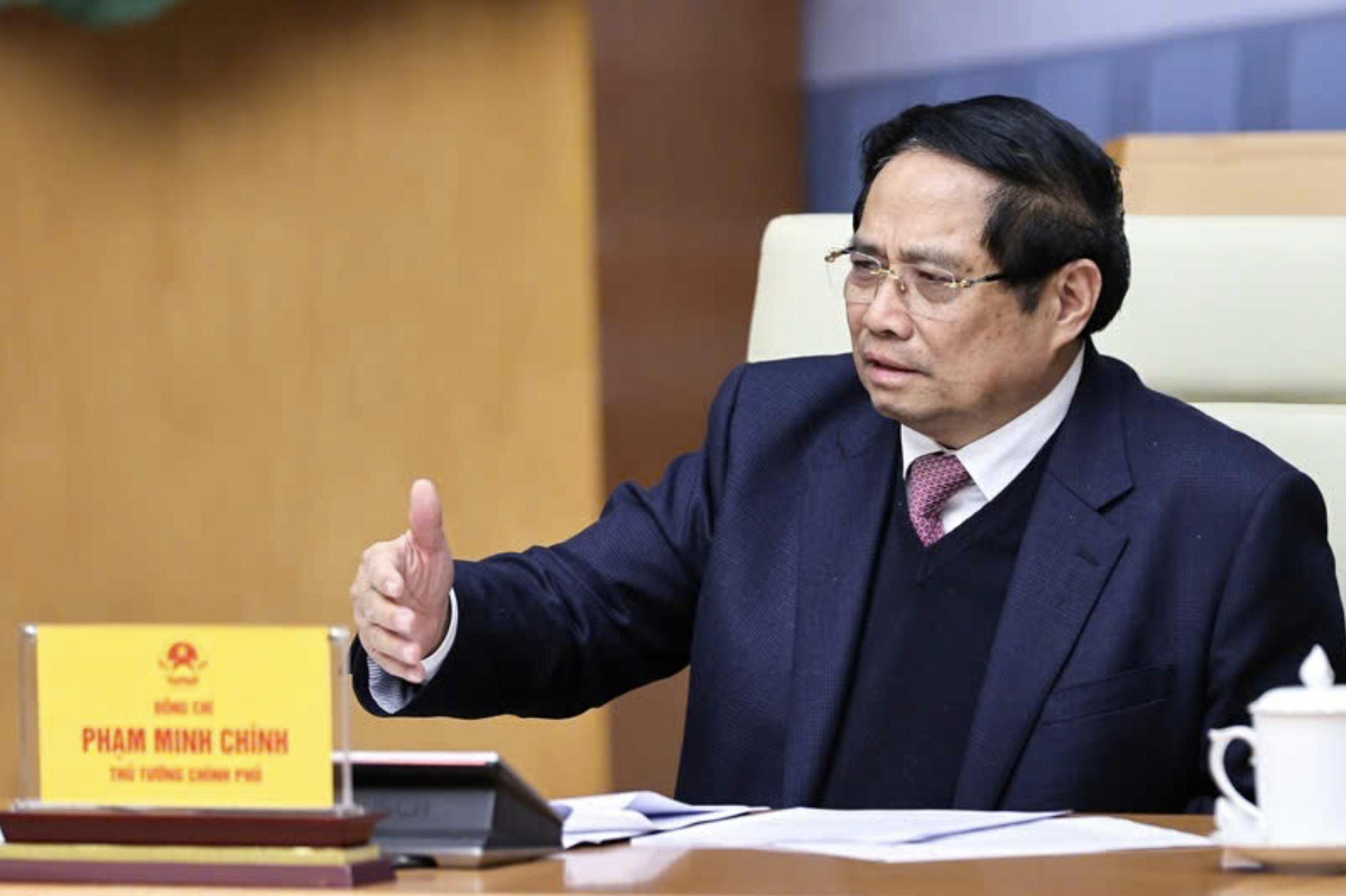
19:05 | 23/03/2025 15:36 | 07/01/2026News and Events